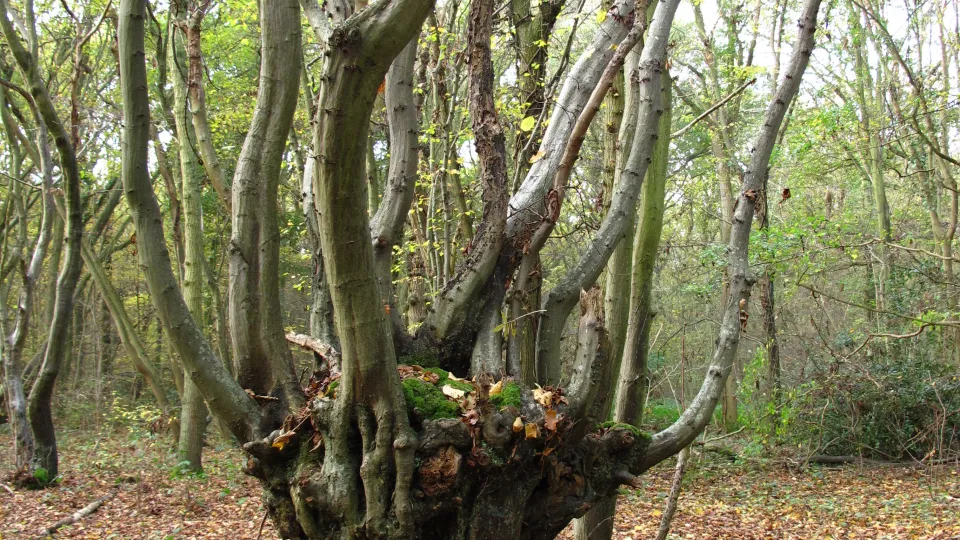
Lower Thames Crossing approved – a death knell for ancient woodland
Development consent has been granted for the Lower Thames Crossing – a 23km-long road that will destroy up to 8 hectares of irreplaceable ancient woodland.

Development consent has been granted for the Lower Thames Crossing – a 23km-long road that will destroy up to 8 hectares of irreplaceable ancient woodland.
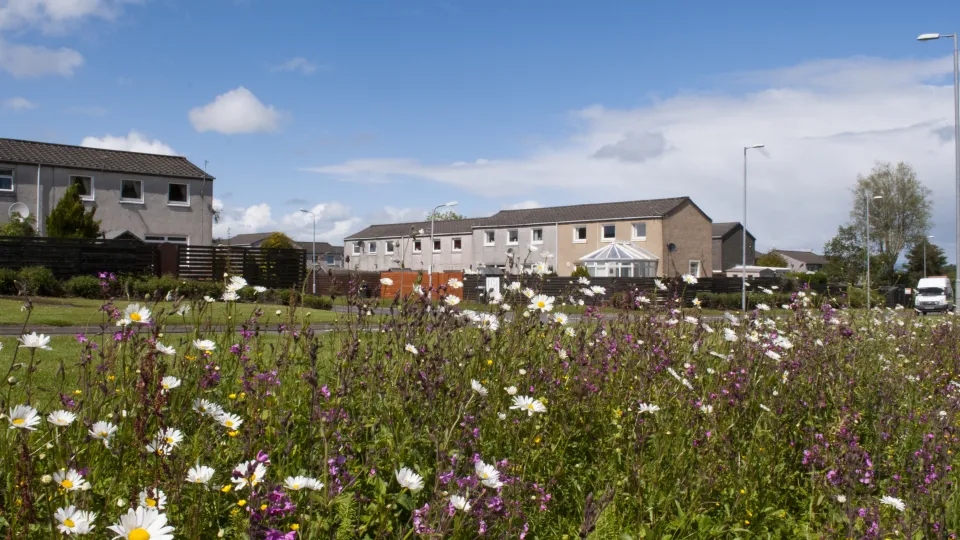
Director of Development, Kent Wildlife Trust Sarah Brownlie, delves into the latest government announcement around growth and our environment and explains how the decision to proceed with the Lower Thames Crossing brings to light a critical flaw in national infrastructure planning.
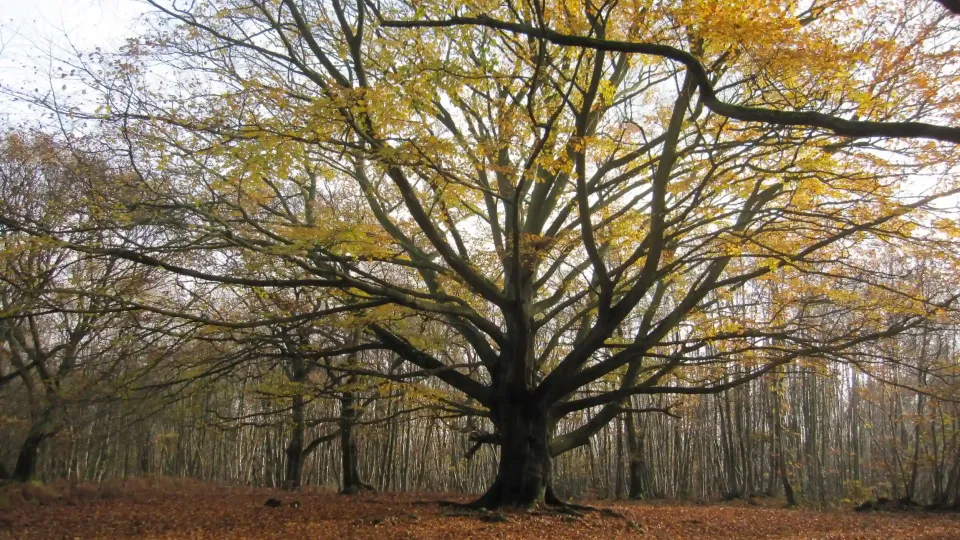
The Unseen Price of the Lower Thames Crossing The Lower Thames Crossing has been promoted as a solution to congestion and a boost to the economy, but at what cost? While infrastructure projects like this promise short-term benefits, they often come at the expense of long-term environmental sustainability. The impact on biodiversity, air quality, and carbon emissions cannot be ignored. As we face a climate and ecological crisis, it is crucial that development aligns with our commitments to protecting nature, reducing emissions, and safeguarding public health. If we fail to consider these factors now, we risk paying a far greater price in the future.
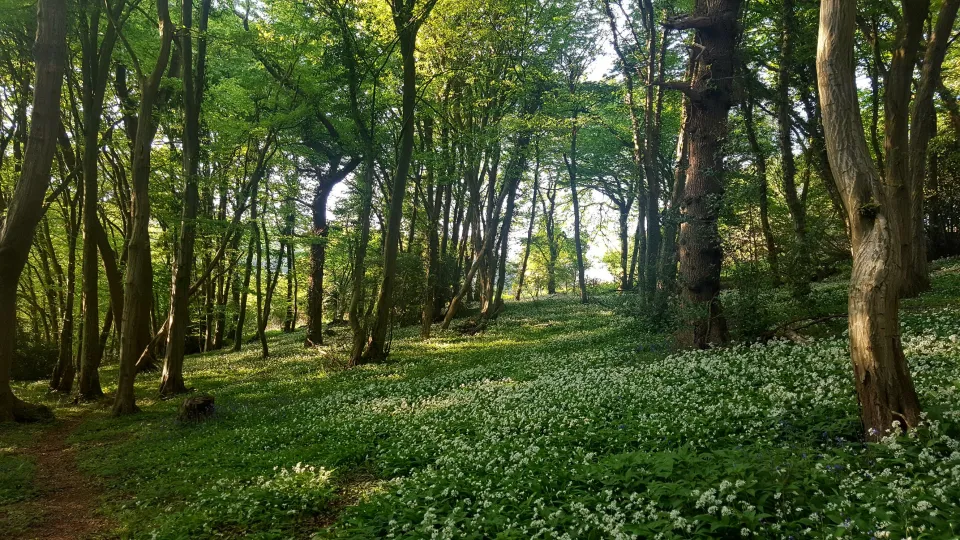
“A short-sighted scheme that threatens climate and nature”
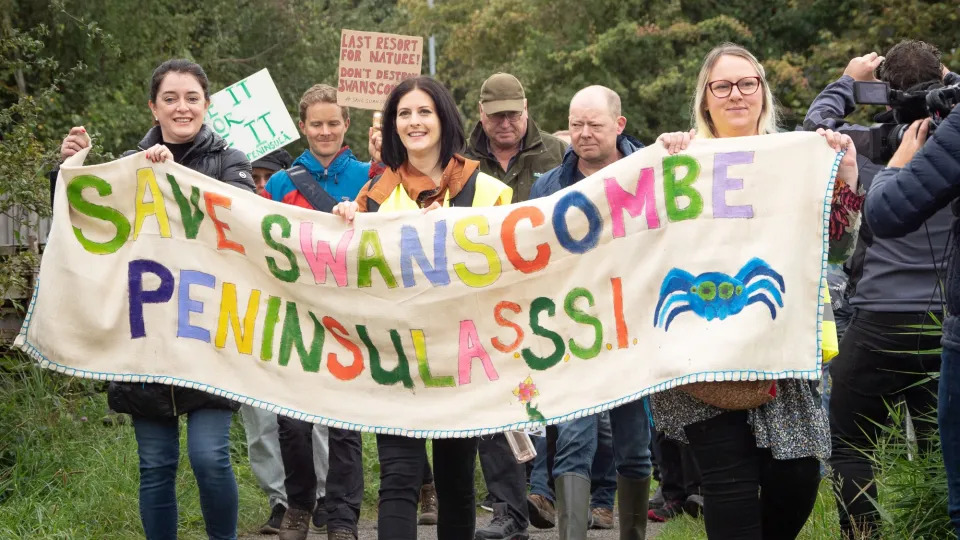
Kent Wildlife Trust is delighted to confirm that the London Resort project, a proposed £2.5 billion theme park on the Swanscombe Peninsula, has officially been terminated.
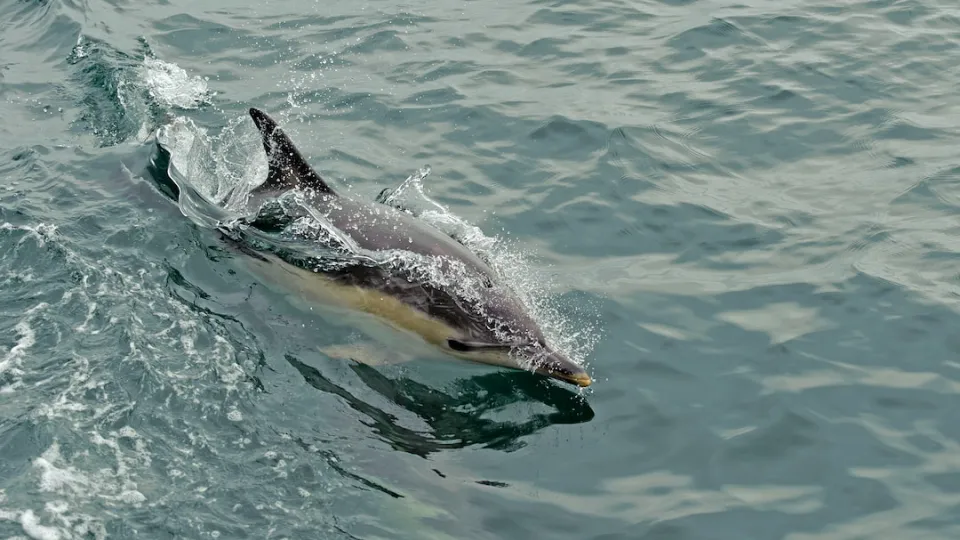
Become a Landwatch Volunteer to support vital dolphin surveys, gather crucial data, and help safeguard Kent’s marine environment for future generations.
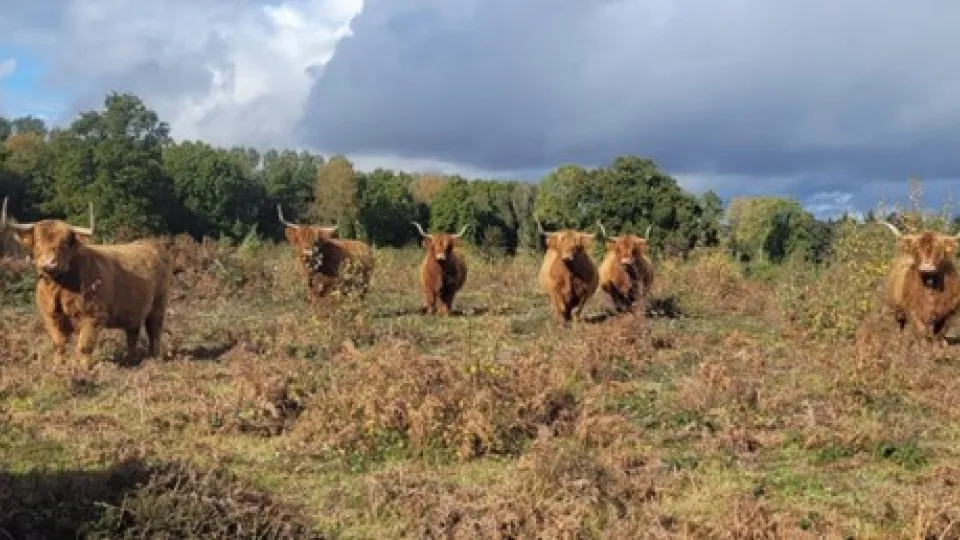
Our livestock play a huge part in looking after our nature reserves. Their grazing is essential in providing places for our wildlife to live. All our livestock need checking every day to ensure they are healthy, safe and happy. Full training on how to behave around livestock and what to look out for will be provided.